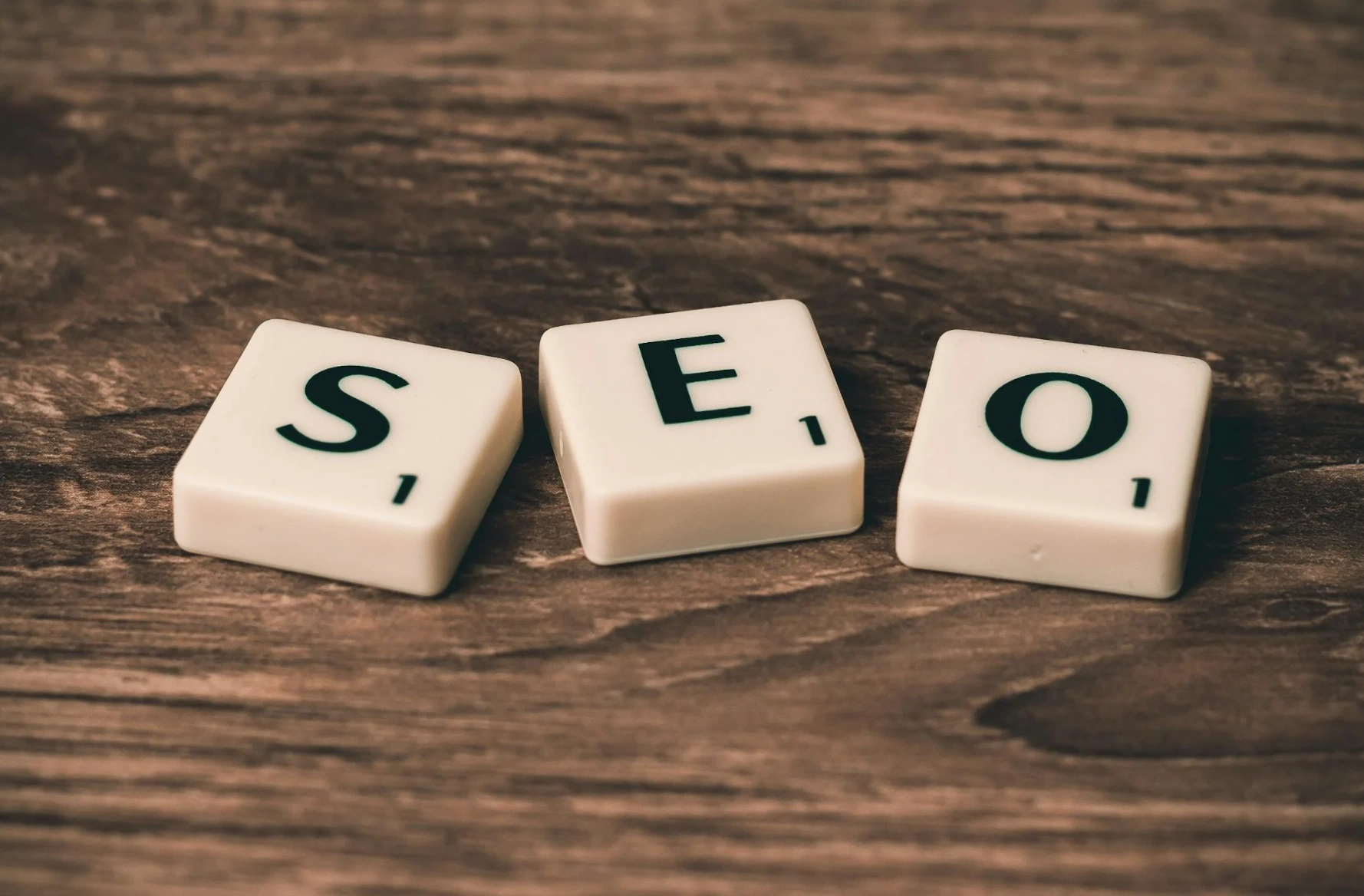The Latest SEO And Lead Generation Stats For 2025
Updated on
Published on

Your buyers now enter through two front doors: classic search engines and AI answer engines. Google reports its AI experiences are among the most successful Search launches in a decade, with queries that surface AI Overviews seeing >10% usage growth in major markets (Google). Meanwhile 78% of organizations use AI in at least one business function, most often in marketing and sales (McKinsey). With marketing budgets holding at ~7.7% of revenue for a second year (Gartner), teams need proof-first content that ranks in SERPs and is quotable inside AI answers.
At a Glance
- AI search is mainstreaming: Google expanded AI Overviews to 200+ countries and 40+ languages and says people use Search more often where Overviews appear. (Google expansion, Google guidance)
- Search still leads B2B discovery: Benchmarks consistently put search (organic + paid) as the largest B2B/SaaS traffic source, with organic among top revenue channels. (Powered by Search, Backlinko)
- Zero-click is real: Overview-style results (incl. AI Overviews) increase no-click behavior on certain query types; plan for branded/direct follow-ups and “click-for-depth” assets. (Similarweb explainer)
- Budgets are shifting, not shrinking: CMOs sit at 7.7% of revenue; marketers are expanding GenAI usage for research and personalization. (Gartner budget snapshot, Salesforce State of Marketing)
Why showing up in SEO and AI matters
Google’s own guidance states AI Overviews “display links in a range of ways” and “show a wider range of sources” (Google developer blog), which means the winners are pages that are both rankable and answerable—short, citation-ready summaries plus deep proof for evaluators. Pair that with the reality that search remains the largest origin of B2B sessions and that organic is a top revenue channel (Backlinko), and the strategy is clear: optimize for engines and AI, simultaneously. Approximately 36% of UK consumers and nearly 4 in 10 U.S. consumers report using AI for everyday tasks that include research and discovery (Deloitte UK 2024) (Deloitte US 2024)
Do next
- Treat “SEO for engines” and “optimization for AI answers” as parallel workstreams.
- Prioritize problems-first pages with 40–60-word summaries and verifiable proof.

Businesses and people are already using AI to find businesses to hire
AI isn’t just a headline feature anymore—it’s where a growing share of buying journeys actually start. From local services to B2B vendors, people are asking AI tools to shortlist options, explain trade-offs, and point them to credible reviews before they ever click a website. Below is a quick snapshot of how that behaviour is already showing up in the data.
- 6% of consumers used ChatGPT or other AI tools to find local business reviews in 2025 (a direct step in selecting providers). (BrightLocal, 2025)
- Many people who use generative AI rely on it for web searches and research help, which means AI is already woven into how they discover and compare products and services (Deloitte, Dec 2024)
- Younger segments are primed: 54% of under-50 consumers say they would use AI tools for product research (vs 41% of older consumers). (Attest Consumer Adoption of AI, July 2025)
The state of clicks: where leads get decided now
AI Overviews increasingly answer quick questions on the results page, so fewer people click classic links. They now appear on roughly half of Google queries, and when they do, desktop clicks on blue links drop from 28% to 11% (AWR via Xponent21, June 2025). At the visit level, when an AI summary shows, users click a traditional result only ~8% of the time vs ~15% without it (Pew, July 2025). What does that mean for businesses? Discovery and first impressions are happening inside the AI layer, and clicks concentrate only when the user needs depth (pricing, comparisons, calculators). If your business is visible and cited inside the AI answer, you capture trust early, which later turns into branded searches and direct visits that convert better. When users do click, they’re further along—so your depth pages must be conversion-ready.
Counter-moves
- Be quotable in AI. Lead key pages with 2–3 sentence answers, keep fresh stats, and use clear headings and FAQs so AI can lift and attribute your content.
- Make depth unskippable. Build comparison tables, transparent pricing with ROI examples, and simple calculators—assets AI can reference but not replace, pulling high-intent clicks to you.
AI Overviews: where lead-winning first impressions happen
AI Overviews open the door to new leads at the very start of research. A recent Semrush report stated that AI Overviews showed on ~13.14% of searches in March 2025 (up from 6.49% in January), and 88% of those were informational queries (Semrush, July 22, 2025). If your business is named in that box, people notice you early. Many won’t click right away, but they’re more likely to come back by searching for you or visiting directly—and when they do click, it’s usually to high-intent pages like pricing and comparisons that turn into leads.
- Showing up in AI Overviews helps you get on the shortlist sooner and nudges later clicks toward pages that convert, even if overall blue-link clicks are lower.
Budgets and adoption: where leaders are spending
- Budget reality: With marketing holding near ~7.7% of revenue (Gartner), leaders are reallocating toward channels that prove pipeline and revenue, then partnering with a specialist like Brand Vision to execute fast and measure clearly.
- AI adoption: 78% of organizations use AI; top functions include marketing & sales. (McKinsey)
- Team behavior: Marketers report growing GenAI use to research, create, and personalize at scale. (Salesforce)
- Trust & influence: B2B buyers respond to proof and authority; trust is the lever for conversion. (LinkedIn B2B research hub)

Playbook: how to win on SERPs and inside AI answers
1) Build an AI-ready content graph
Cluster around buyer problems; interlink solution pages, docs, benchmarks, FAQs, and a glossary. Start each pillar with a quote-ready 40–60-word answer.
- Impact: more featured snippets and citations inside AI Overviews.
- Reference: Google guidance
2) Design for answerability
Use H2 questions, ≤50-word answers, a comparison table, and FAQPage/HowTo/Product schema.
- Using clear, concise “answer-first” formatting makes it more likely your content will be cited in AI Overviews, where links can appear in several formats. (Google guidance)
- Impact: more AI/SERP visibility; faster scanning for humans.
- Reference: Powered by Search
3) Fortify brand SERPs
Make your brand result undeniable: titles, sitelinks, schema, IA, and review visibility.
- Impact: higher branded CTR, especially post-overview exposure.
4) Distribute where B2B lives
Repurpose benchmarks, comparisons, and calculators into LinkedIn threads/carousels and email nurtures.
- Impact: more SQL-grade leads from problem-first content.
- Reference: LinkedIn B2B research
Measurement updates for 2025
- Add “AI search/answers” as a channel and watch branded/direct lifts after releases. (Google product updates)
- Segment zero-click by topic; expand deep evergreen content where overviews satisfy surface queries. (Similarweb)
- Attribute content-assisted pipeline; docs and integration guides often influence late-stage deals. (Powered by Search)

Recap of the Latest 2025 SEO Stats Your Team Must Consider
- AI Overviews → usage up: Google reports >10% usage increase for queries that show AI Overviews; links are still shown in multiple formats.
- Search primacy: Search (organic + paid) remains the largest B2B/SaaS traffic source; organic is a top revenue channel.
- Budget direction: Marketing budgets hold ~7.7% of revenue; prioritize demonstrably performing channels.
- AI adoption: 78% of organizations use AI, with marketing & sales among top functions.
- Marketer behavior: Teams report expanding GenAI usage for research, creation, and personalization.
FAQ
Do AI Overviews hurt or help leads?
They lower classic blue-link clicks (~8% vs ~15% without AI), but appearing inside the AI card wins first touch and trust that later converts on high-intent pages.
Are buyers actually using AI to find providers?
Yes—6% of consumers used ChatGPT/AI to find local business reviews in 2025 (a hiring step), versus 9% in 2024.
Why does appearing in AI Overviews create lead opportunities?
Because ~13.14% of searches trigger AI Overviews—88% informational—so being cited there gets you noticed during shortlist formation.
What’s the practical strategy—SEO or AI?
Both: publish rankable pages with 2–3 sentence, citation-ready answers plus deeper proof, since AI Overviews display links in multiple ways.
How do we counter zero-click results and still capture leads?
Own your brand SERP and focus on “click-for-depth” assets (pricing, comparisons, calculators) that attract fewer but higher-intent clicks after AI answers.
Bottom line
SEO and AI search are no longer separate conversations — they’re two sides of the same discovery process. Google is surfacing AI answers more broadly, while search engines still account for the majority of B2B traffic and revenue. The takeaway for tech and B2B leaders: optimize for both SERPs and AI answers, build content that’s short, answerable, and easy to cite, and make sure your brand dominates its own search presence. Teams that adapt quickly will capture attention where buyers actually start their journey and convert more pipeline in 2025.







